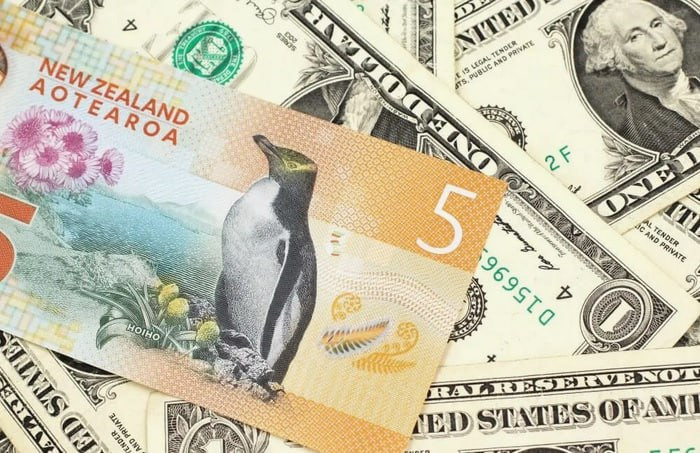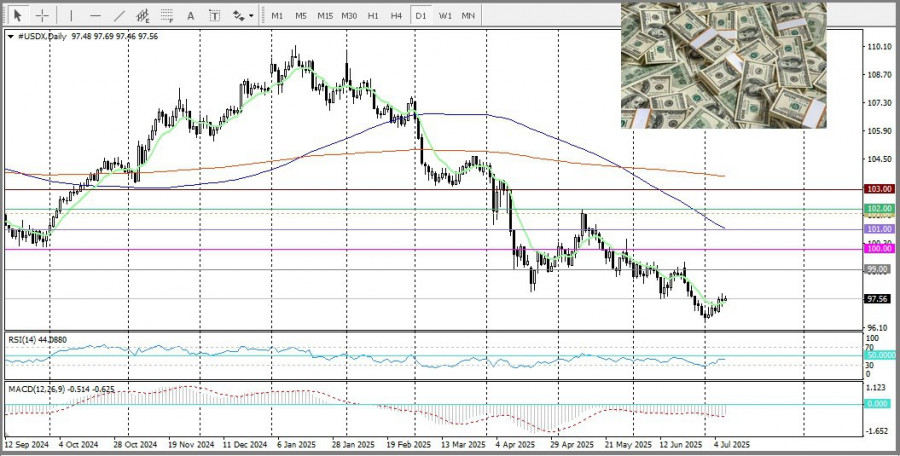See also


 09.07.2025 12:00 PM
09.07.2025 12:00 PMThe NZD/USD pair is currently trading above the psychological level of 0.6000; however, it remains vulnerable to further downside amid broad-based U.S. dollar strength.
The U.S. Dollar Index is supported by expectations that rising U.S. tariffs will intensify inflationary pressure and prompt the Federal Reserve to maintain a wait-and-see approach. Additionally, concerns over the economic consequences of U.S. trade policy are weighing on investor sentiment, further strengthening the U.S. dollar as a safe-haven asset and putting pressure on risk-sensitive currencies, including the New Zealand dollar.
From a technical standpoint, the NZD/USD pair's break below the 100-period Simple Moving Average (SMA) on the 4-hour chart is a significant bearish signal. Negative oscillators on the same timeframe confirm the ongoing correction.
However, before opening new short positions, a break below the 0.5975 level is needed. In that case, the pair could accelerate its decline toward interim support at 0.5940, followed by the psychological level of 0.5900 and then the June low near 0.5880.
In the event of a recovery attempt, resistance is expected at 0.6021, where the 200-SMA is located. A breakout above this level would open the way toward the next resistance at 0.6060. Further gains could allow the pair to break through the 0.6100 level and retest the yearly high near 0.6120. A sustained move above this level would be viewed as a signal of trend reversal to the upside, opening prospects for continued growth.
You have already liked this post today
*The market analysis posted here is meant to increase your awareness, but not to give instructions to make a trade.


